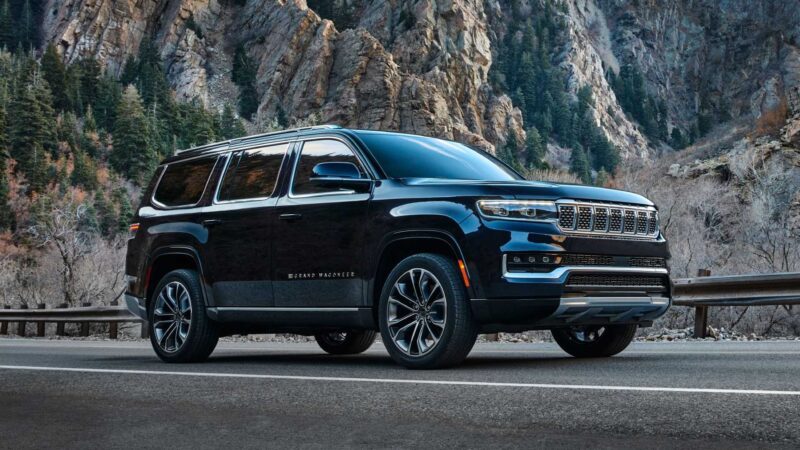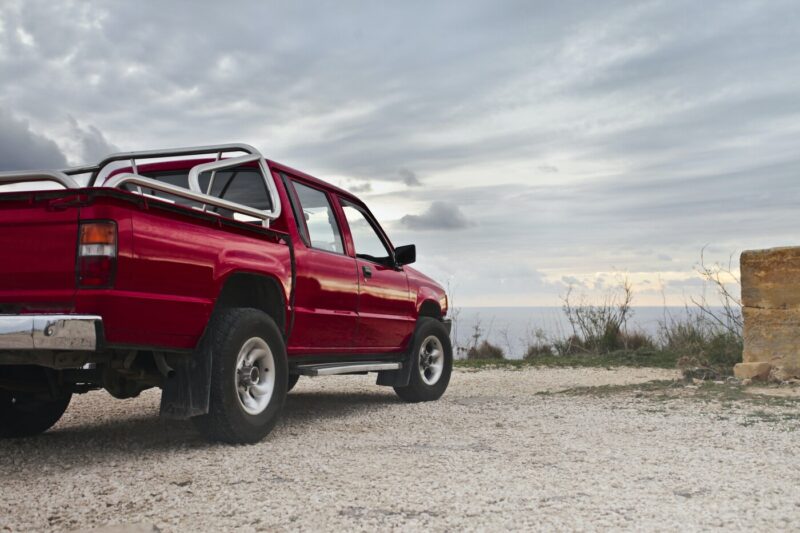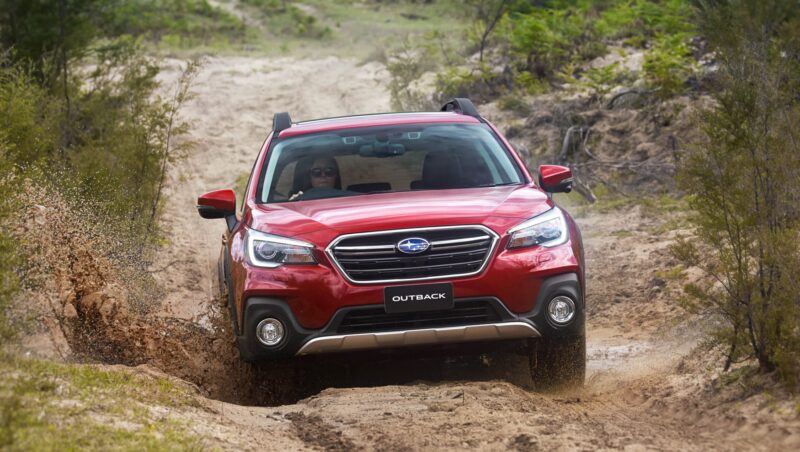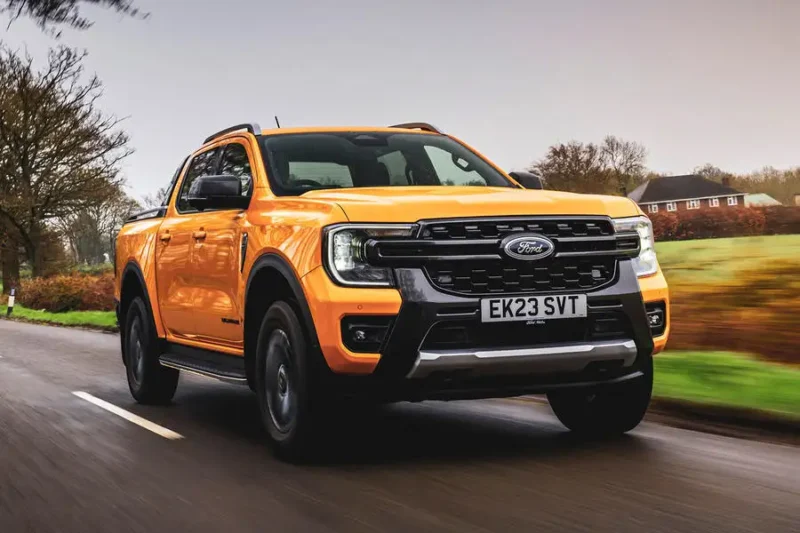At first glance, everyone knows how to choose a car on the secondary market. However, every motorist has a chilling story about terrible breakdowns right after purchase.
The experts from the Indy Auto Man dealership offer a universal set of recommendations that will help even the most inexperienced buyer conduct an initial inspection of the used SUV or truck they buy.
Table of Contents
Collapse and Cracks
SUVs can be framed, like Jeep Wagoneer and Grand Wagoneer, or with a monocoque body, like Cherokee, and these are their most significant elements prone to corrosion and overly harsh operation, coupled with overkill in tuning. Corrosion is usually visible, as are body repairs, but experts still recommend using a thickness gauge.
Next, one should look at the structural and geometric integrity. In the case of a monocoque body, they pay attention to the corners of the roof and the cab pillar transition points. Cracks or signs of repair should alert the buyer.
By ear, damage to the power elements of the chassis is identified as grinding and squeaking, as well as knocking noises during sharp maneuvering and driving over uneven surfaces. Listen to where the sound comes from, and then turn your inquisitive gaze there.

You can’t use frames on chaff and cracks. They may rot into dust, but until they fall off the pillows, they will stay on their feet stronger than a drunken boatswain. The best way to identify bent frames is to go to a wheel alignment. When a master cannot understand why nothing works, that’s it. If neither you nor the owner are ready to spend money on diagnostics, then at least figure out whether the car is pulling to the side in a straight line and shifting too much towards speed bumps.
Hanging it out will help. If it is accompanied by grinding, clicking, or knocking noises, there is a chance that the frame is not perfect. Well, corrosion affects almost all frames in one place – in the area of the rear arches. One needs to look in there with a screwdriver and pick out the dirt. An abyss of sad things may open up.
Novelty and Bald Spots
When buying a used SUV from a private seller, it’s worth looking at mileage skeptically but at the steering wheel, pedals, levers, and belts – with passion. For some brands, the steering wheel becomes bald, shiny, and peeling by a hundred thousand miles.
The pedals, or rather the pads on them, are even faster. Lever knobs are slower. Sometimes, removing the accelerator pedal cover is useful to see the metal worn off on one edge.
Musical Ear and Sense of Rhythm

If the engine suddenly starts and does not smoke too much, open the cap of the expansion tank and give it gas. Oil bubbled – run, Forrest, run. If the owner allows, remove the oil filler cap (part 710, as it is sometimes called). A bad sign if it behaves like a champagne cork on the second turn.
There should be no flumps from below and ringing sounds from above. But flumps are worse. They are the reason for asking about the timing belt change and looking for oil leaks. If there are any from under the valve cover and all sorts of hoses, it’s bad but not terrible. Another thing is oil leaks in the alignment of the blocks, on the front cover, and down the tray. Before starting a test drive, look under the car to check for any dripping.
Gas Brake
If the vehicle is in manual mode, engage the fourth and smoothly release the clutch. It starts to stall somewhere in the middle – great; it continues to work when the pedal is almost released – clutch replacement is near. Noise at idle that disappears when the clutch pedal is depressed concerns the gearbox. Having felt the vibration, estimate its frequency – at the speed of rotation of the wheels, cardan, or crankshaft?
This will make it easier to explain to a mechanic if things get really bad. If the transmission is automatic, depress the brake and press the gas in the “drive” position. The revolutions should not exceed the three thousand mark and then decrease. While driving, check how all gears engage and whether there is any grinding noise, jerks, or delays.
The easiest way to check the all-wheel drive and transfer case is by hanging it diagonally with the help of a friend or a passerby. If the wheel spins diagonally, there is hope. Part-time and full-time are also checked in 4H and 4H Lock modes, turning the wheels almost all the way and slowly moving backward. With an automatic transmission, you can even engage the reverse gear and release the brake. With proper all-wheel drive, the car will roll with the noticeable slipping of one of the wheels, and in automatic mode, it may even stop altogether, trying to tear the steering wheel out of your hands.

The Rest will Come Later
These were only the most basic points one needs to pay attention to when inspecting an SUV for the first time. It’s always better not to check everything just by yourself, but to have a helping expert’s hand. Even friend-technician support will be a valuable supplement to your own inspection.
The main focus during the pre-owned car inspection should be on the next components: dead shock absorbers, creaking silents, broken headlights, and cracks in the windshield are either obvious or “change it anyway” parts, not to mention the importance of the VIN condition on the frame/body, Carfax or Auto check history report, and the legitimacy of the documents.
In any case, there are no guarantees when you buy a used SUV or truck from a private seller, but this way, you can at least understand whether this particular car is worth keeping in mind. But if you want a reliable used vehicle, it is always best to buy from a reputed dealership, where the attentive technicians will find all the flaws before selling.

